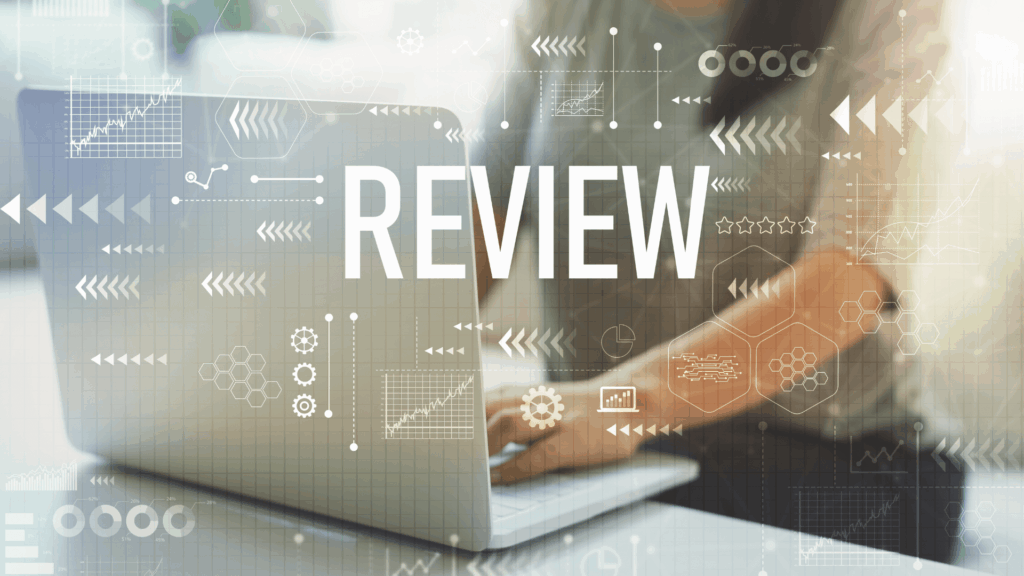In personal injury (PI) litigation, medical records are both the foundation and the frustration. They’re essential for proving causation, demonstrating injury severity, calculating damages, and telling the plaintiff’s story. But reviewing them is one of the most time-consuming and error-prone tasks law firms face.
A single PI case can involve hundreds, or even thousands, of pages of records, from ER notes to physical therapy logs. Traditionally, associates, paralegals, or medical experts sift through this material manually, searching for diagnoses, treatment timelines, billing codes, and causation indicators. The process is labor-intensive, costly, and prone to human oversight.
Enter artificial intelligence (AI) in medical record review.
By automating medical record analysis, AI is helping personal injury attorneys save time, cut costs, and improve case accuracy. In a practice area where small details can mean the difference between dismissal and a multimillion-dollar settlement, AI is quickly becoming indispensable.
The Challenge of Medical Record Review in Personal Injury Cases

Personal injury attorneys must analyze medical records with several legal objectives in mind:
- Causation: Did the accident cause the injury, or was there a pre-existing condition?
- Treatment History: Was care timely, consistent, and appropriate?
- Severity and Duration: Do the records support the claimed disability or impairment?
- Prognosis: Will future treatments, surgeries, or long-term care be necessary?
- Damages: What are the economic and non-economic costs now and in the future?
Doing this manually means reviewing every note, deciphering shorthand, and cross-referencing dates. It’s no surprise that medical record review is one of the most expensive and delay-prone stages in personal injury litigation.
That’s where AI tools for law firms make the difference.
How AI Improves Medical Record Review for Personal Injury Lawyers
AI-powered medical record analysis tools use natural language processing (NLP), machine learning, and pattern recognition to scan and interpret unstructured healthcare data. Instead of drowning in pages of jargon, attorneys get structured, case-relevant insights.
Key capabilities of AI medical record review:
- Automated Data Extraction
- Diagnoses & ICD codes
- Procedures & CPT codes
- Medication history
- Treatment start/end dates
- Providers & facilities
- Functional limitations
- Diagnoses & ICD codes
- Chronology Building
Creates a treatment timeline showing care progression and highlighting gaps, critical for continuity-of-care arguments and mitigation defenses. - Causation Analysis
Flags pre-existing conditions or unrelated injuries to help attorneys anticipate defense strategies. - Summary Generation
Produces concise summaries by provider or treatment phase so lawyers can focus on strategy instead of document review. - Billing & Coding Review
Extracts billing codes and costs into spreadsheets for damage calculations and demand letters.
Real-World Example: AI in a PI Case

Imagine a rear-end collision case:
- Records include ER notes, MRIs, therapy logs, and prescriptions.
- Instead of 10–15 hours of manual review, the firm uploads everything into an AI medical record review tool.
The platform:
- Extracts diagnoses (cervical sprain, disc bulge).
- Creates a treatment timeline.
- Flags prior back pain from two years earlier.
- Compiles a billing spreadsheet.
- Drafts a summary for attorney review.
The result? Hours of manual review reduced to minutes, with improved accuracy and strategic insights.
Benefits of AI Medical Record Review for PI Law Firms
- Time Efficiency – Faster evaluations, demand prep, and negotiations.
- Consistency & Accuracy – Fewer missed details in complex cases.
- Cost Savings – Reduced reliance on staff hours or third-party reviewers.
- Strategic Insights – Early detection of weak points for stronger case planning.
Ethical & Practical Considerations for Law Firms

- Confidentiality – AI tools must comply with HIPAA and use secure, encrypted data handling.
- Human Oversight – Attorneys remain responsible for case accuracy.
- Workflow Integration – Best results come when AI tools connect with case management systems.
The Future of AI in Personal Injury Law
AI record review is no longer just for large firms. As platforms become more affordable, solo and small firms are adopting them too. Future enhancements may include:
- Integration with wearable device data
- Voice-to-text physician summaries
- AI-generated visuals for trial presentation
Law firms embracing AI for medical records today gain a competitive edge—evaluating cases faster, handling discovery confidently, and negotiating from a position of strength.
Conclusion: Turning Medical Records into Results

Medical records tell the story of an injury. Traditionally, uncovering that story took long hours of tedious review. With AI, attorneys can surface key facts more efficiently, more accurately, and more strategically.
At Anytime AI, we believe technology should empower attorneys to do what they do best: advocate, negotiate, and win. By streamlining medical record review, AI lets legal professionals focus less on paperwork, and more on people. Learn more and book a demo.






